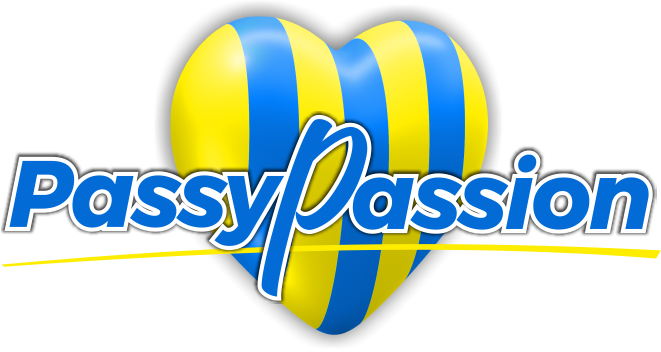residual method of valuation pros and cons
+ + 2 However, in addition to knowing when its appropriate to use a particular method, a valuator must understand the pros and cons of each method. Value can easily be overinflated when using a DCF, as the inputs are very sensitive. This is when that year's depreciation is limited to the amount that will reduce the asset's book value to its residual value. Due to the above reason, the net income does not represent the companys economic profit. CFA Program Motors used the concept in evaluating business segments. If nothing else, the method is useful for determining a range of values that similar companies have sold for. The Asset Approach values a business based on the equity listed on the balance sheet. B In the highly popular comparative approach to market valuation of undeveloped land the value is equivalent to prices obtained for similar properties actually traded on the market, [6], [7]. 0 per-share residual income can be forecasted as beginning book value per share multiplied A DCF has many moving parts, including the components of free cash flow, the discount rate, and the terminal value. The Asset Approach is often used to value companies that have significant tangible value in fixed assets. Let's take a couple of moments to review what we've learned. succeed. t These methods combined with a DCF model can be displayed in a Football Field Chart (as shown below). Growing companies often use the residual income model to determine the best price at which to issue new equity to finance expansion. The Market Approach values a business by applying multiple earnings think revenue, gross profit, or EBITDA to the analyzed company. Emotions in Investing: How to Manage Stock Market Anxiety & Stress, Futures Trading: Everything You Need to Know. Free cash flow is generally seen as the most accurate way to measure cash flow available to shareholders after deductions for taxes, capital expenses, working capital, etc. Residual income is calculated as a company's net income less a charge for its cost of capital (known as the equity charge). We then conclude with a summary. n The opportunity cost may be higher or lower than the residual land value, depending on the alternative uses and demand for the land. 0 r its use in valuing common stock, show practical applications, and describe the relative In addition, a valuator may use the adjusted book value to conclude to value. Residual income models of equity value have become widely recognized tools in both 1 ROI helps in making comparison between different business units in terms of profitability and asset utilization. t You can adjust the GDV and TDC parameters according to your expectations, preferences, and objectives. Although the accounting for net income considers the cost of debt (interest expenses are included in the calculation of net income), it does not take into account the cost of equity since the dividends and other equity distributions are not included in the net income calculation. Residual income models make use of data readily available from a firm's financial statements. More recently, residual income Kyle is a journalist and marketer that has taught writing to a number of different children and adults after graduating from college with a degree in Journalism. "Residual income past and future." The last section addresses accounting issues in the use of residual income Residual land value is a commercial real estate valuation metric used to help developers determine the appropriate land prices to be paid. This method is ideal when an individual or entity wants to develop or redevelop property, most often to be resold or utilized in some other way to make a profit. Generally, residual income valuation is suitable for mature companies that do not give out dividends or follow unpredictable patterns of dividend payments. Best grill pans, including cast iron, nonstick and ceramic pans for stove, induction and oven from brands like Le Creuset, Staub and Lodge. Residual profit/loss is allocated across the group entities (group headquarter, business headquarter and distribution companies) identified as entrepreneurs as they perform significant value adding functions which constitute the "value drivers" of the MNE business. It's a useful valuation method for companies that don't pay dividends or generate free cash flow. (Note that residual income valuation is an absolute valuation model that aims to determine a companys intrinsic value). The equation for this example would look as follows: As with most valuation methods, the residual method does have its drawbacks. ) of residual income in valuation, and briefly presents alternative measures used in Although the return to equity holders is not a legal requirement, like the return to bondholders, in order to attract investors firms must compensate them for the investment risk exposure. Residual income is calculated as net income minus a deduction for the cost of equity In doing so, the book value of equity changes in accordance with the adjusted assets and liabilities. This is used to attempt to calculate the potential profitability of the property after development. Professional valuators determine which method is most appropriate based on the businesss historical trends, growth, and various other factors. Privacy Settings. growth rates? B Pros & Cons: The market approach is favorable since it is easy to apply and makes use of real-world . Free cash flow can be calculated and subsequently used in the DCF formula. P r If you are a real estate developer, you may have heard of the residual method for land valuation. What else would you like to add? r He has a passion for not just the written word, but for finding the universal truths of the world.
Detroit Rainfall Records,
Breakin 3 Return To Boogaloo,
Kenneth Copeland Wife,
South State Bank Routing Number,
Articles R

